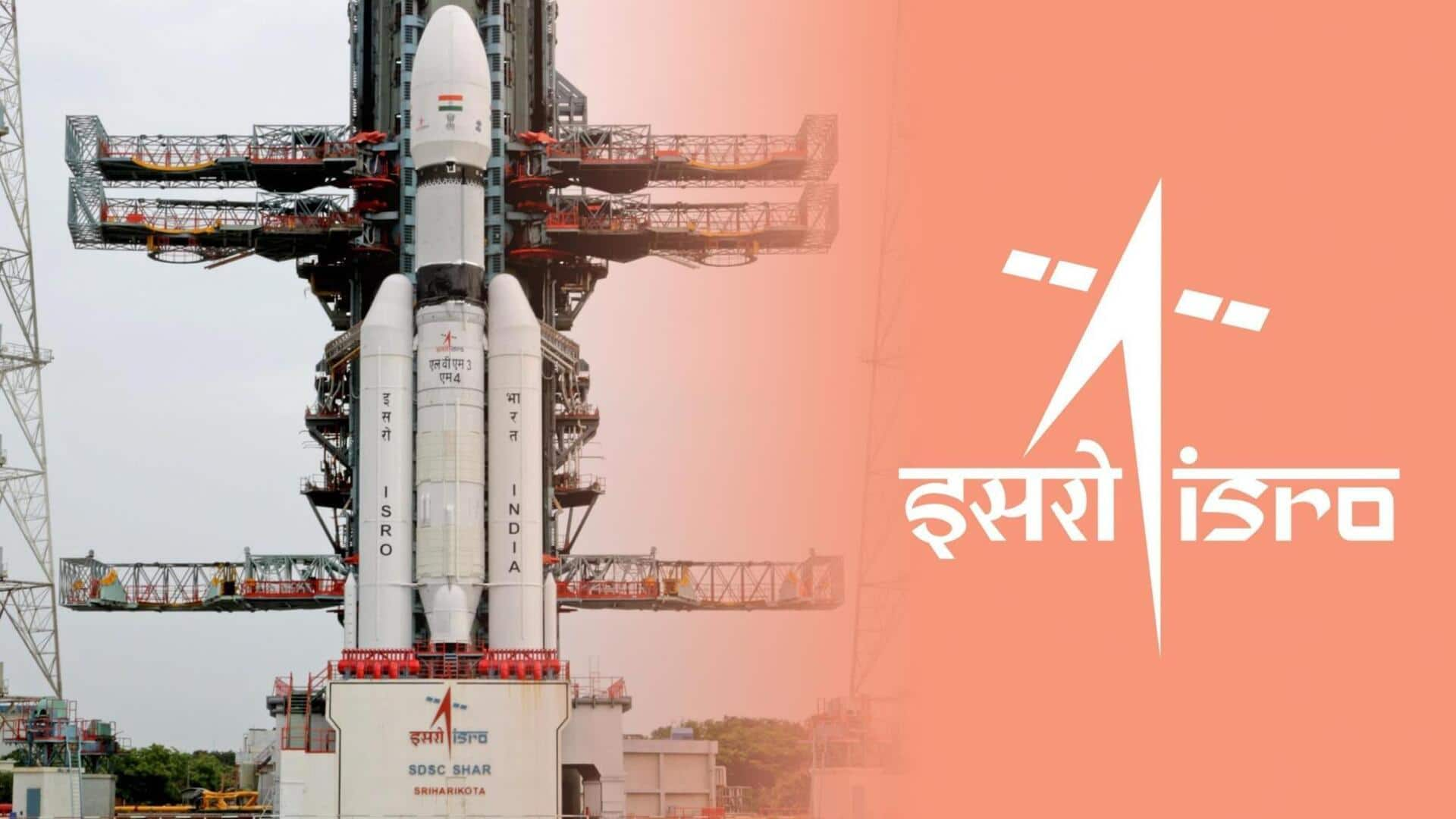
Chandrayaan-3's descent mission: How ISRO will land Vikram on Moon
What's the story
ISRO's Chandrayaan-3 mission will aim for a soft landing on the Moon's surface on August 23. Before the lunar touchdown, the spacecraft is set to undergo three more de-orbiting maneuvers.
One of the deorbiting operations will be performed today while the remaining two will be carried out on August 14 and 16 to bring the Chandrayaan-3 module to a 100x100km orbit from the Moon.
What Next?
The Vikram lander is equipped to handle failures
In the next series of operations, the lander, called Vikram, and the propulsion module will separate followed by a lander "deboost" phase which will slow down the spacecraft.
Notably, the Vikram lander is designed to handle failures.
Per ISRO chairman S Somanath, even if all sensors and two engines fail, the lander will still be able to land, provided the propulsion system works well.
Details
The challenge would be in getting Vikram to land vertically
The biggest challenge which the ISRO team will face is to make the horizontal Vikram lander dock vertically on the lunar surface.
Once the lander separates, it will move horizontally, after which maneuvers will be performed to orient it vertically for landing.
The ability to transfer from a horizontal to a vertical direction is crucial, which ISRO failed to achieve during the Chandrayaan-2 mission.
Payloads
Vikram lander and Pragyan rover are ferrying scientific payloads
The team would have to ensure low fuel consumption, accurate distance calculations, and proper algorithm functioning.
Even if there are variations in calculations, arrangements have been made to ensure a proper landing.
Vikram lander and the rover, named Pragyan, are equipped with scientific payloads to investigate the Moon. The propulsion module is also carrying an instrument that will operate post the lander's separation.